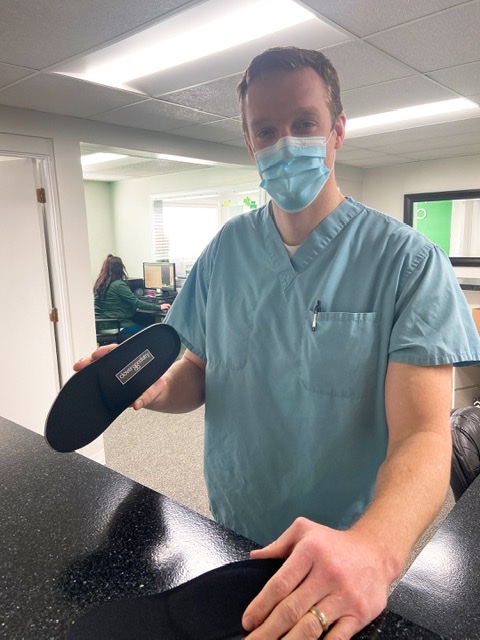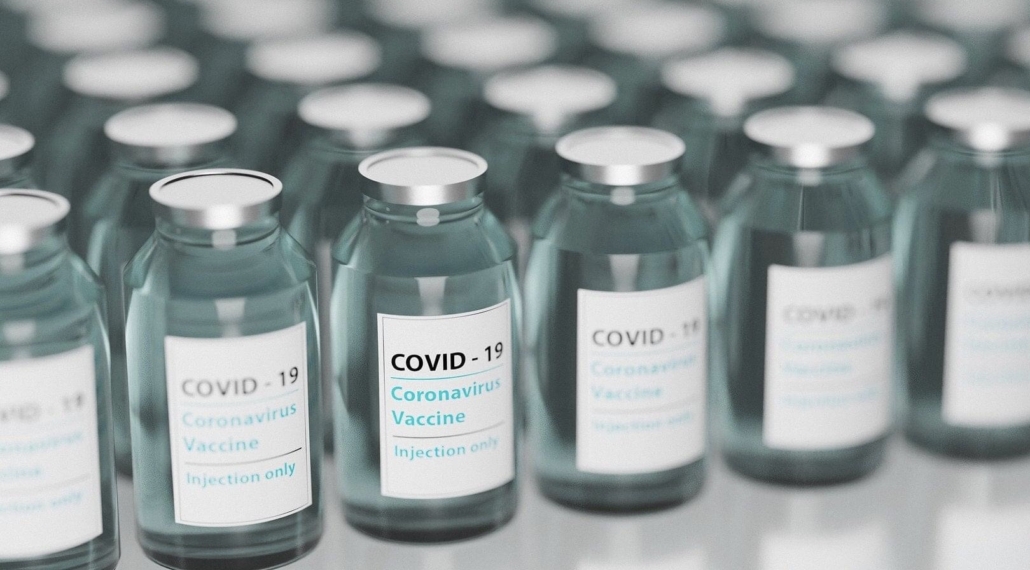Vancouver, WA — New research has found an association between early-onset colorectal cancer (EO-CRC) and consumption of sugar-sweetened beverages (SSBs). EO-CRC is defined as being diagnosed with colorectal cancer before age 50. The Nurses’ Health Study 2, a prospective study followed roughly 95,000 female nurses between 1991-2015. The participants who consumed 2 or more SSBs per day in adulthood had a more than doubled risk of EO-CRC when compared with those who consumed less than 1 serving per week. This risk rose by 16% for each additional SSB serving per day. SSBs, which include sodas, energy drinks, sports drinks, and fruit drinks, make up almost 40% of added sugar in diets in the US and 12% of Americans consume 3 or more of these daily. A cola has about 39 grams of sugar, which is approximately 10 tsp of sugar per can. That’s a lot of sugar. 200 years ago, the average American consumed 2 pounds of sugar per year. Today the average American consumes 152 pounds of sugar annually. My goodness, that is 30 five-pound bags of sugar per year.
Consumption of added sugar has become a real problem for the United States. In 2013, the American Heart Association (AHA) published a study attributing 25,000 deaths in the United States to added sugar. In 2019, the AHA published a study that found consuming more than two sweetened drinks per day increased their risk of death by 21%. Excess sugar intake can lead to weight gain, insulin resistance, obesity, and diabetes, all of which can contribute to inflammation and cancer. Additionally, tumor cells take up more sugar (glucose) than healthy cells. In a presentation by Dr. Johannes Czernin from UCLA, he states that tumor cells take up 30 times more glucose than healthy cells. This increased glucose uptake is used diagnostically for cancer patients. For Positron Emission Tomography (PET) imaging, patients must fast for at least 6 hours before their imaging and no carbs/s. for at least 24 hours to starve the cancer cells. Then they are injected with a sugar that has a radioactive tracer tagged onto it. The PET scan tracks the uptake of sugar/radioactive tracer throughout the body and identifies the areas with the highest consumption. These areas with high consumption of high sugar/tracer, show up as hot spots on imaging indicate the presence of cancer because cancer loves sugar.
Not only is the cancer being fed with the sugar, but the sugar also increases insulin, and insulin-like growth factor 1 (IGF-1). As the name suggests, growth factors make cancer grow. Insulin also increases inflammation. At the end of the day, it all comes down to inflammation. We tell our patients that inflammation is the cause of all disease and it is a common thread we see in our cancer patients. Short-term inflammation can be beneficial for things like wound healing or your body fighting off an infection like influenza. But chronic inflammation is the villain here. Symptoms of inflammation can be vague like joint pain, allergies, fatigue, or poor digestion. These symptoms are like your car’s check engine light and they’re telling you that something isn’t right. When your check engine light is on, you take your car to the mechanic so they can diagnose the problem. The same should be true for your body; you should be working with a Naturopathic physician who can connect the dots to determine why your body’s check engine light is on.
Dr. Cynthia Bye, ND, FABNO, is a Fellow of the American Board of Naturopathic Oncology (FABNO), the only FABNO located in southwest Washington, she did a residency at Cancer Treatment Centers of American, and she has been working in cancer care for 20 years. There are less than 150 Naturopathic doctors in the United States and Canada that have been board certified as FABNO. She works with you to figure out why your check engine light is on. Through a full review of the system, head to toe she connects the dots as to why it’s on. She works with you to teach you how to take care of yourself. To create lasting lifestyle changes and turn off the “check engine light”.
Each person and each cancer are different, and Dr. Bye utilizes individualized therapies based on your needs. The goal is to work with cancer patients to identify causative factors that cause inflammation. Many things cause inflammation. Dr. Bye supports cancer patients as they go through their treatments with well-researched protocols to reduce side effects without interfering with the treatment, tie up circulating tumor cells to reduce the risk of metastasis, and help cancer patients recover from their treatments. Once treatment is finished, she works with patients to help them recover from radiation, chemotherapy, and surgery using protocols to decrease recurrence risk if they no longer have evidence of disease. For patients with residual disease after treatment, we support their recovery, improve their quality of life, and work to slow down the cancer process.
Even though signs of chronic inflammation are like a check engine light, your body is not like a car. If your car breaks down, you buy a new one….. You only get one body, and it is the vehicle through which you experience your life. When your “light” comes on, being proactive by changing your lifestyle, and taking charge of your health is the best investment you can make. An easy way to start is by taking the sugar out of your life. Dr. Bye, works with cancer patients, family members of cancer patients, and individuals looking to reduce their risk of cancer.
To learn more, visit www.cynthiabye.com
Hur J, Otegbeye E, Joh H, et al. Sugar-sweetened beverage intake in adulthood and adolescence and risk of early-onset colorectal cancer among women. Gut. Published Online First: 06 May 2021. doi: 10.1136/gutjnl-2020-323450
Malik, V. S., Li, Y., Pan, A., De Koning, L., Schernhammer, E., Willett, W. C., & Hu, F. B. (2019). Long-Term consumption of Sugar-sweetened and artificially sweetened beverages and risk of mortality in us adults. Circulation,139(18), 2113-2125. doi:10.1161/circulationaha.118.037401
PET/CT Cancer Imaging: Cancers Eat a lot of Sugar [Video file]. (2013, August 1). Retrieved from https://www.simmsmanncenter.ucla.edu/center_events/petct-cancer-imaging-cancers-eat-a-lot-of-sugar/







